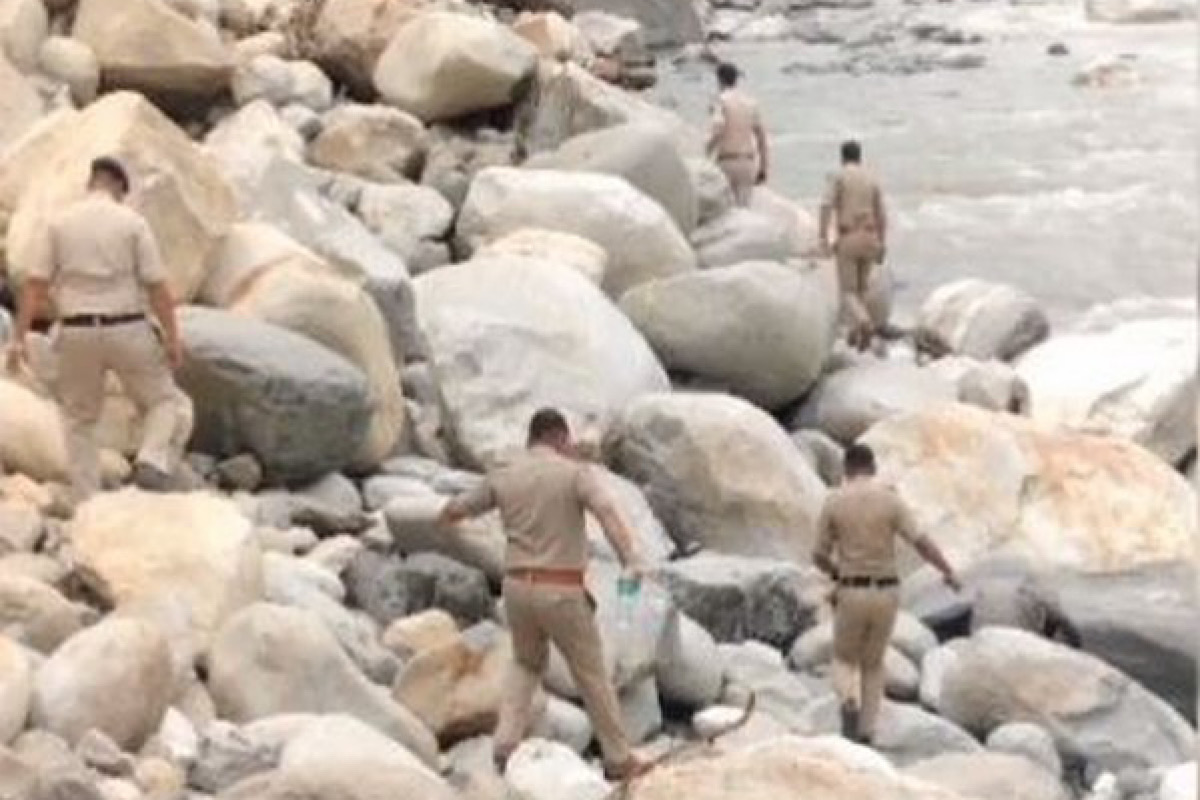Despite extreme weather events places sensibly developed have stood like a rock, if remedial steps aren’t taken what we witnessed was just the tip of the iceberg
The recent havoc due to rains in Himachal Pradesh cannot be called just a natural disaster say expert geologists, architects, and environmentalists who have been closely following the Himachal climate, housing, and environment for the past few decades.
They say it is a “policy-induced disaster” due to change of land use which led to urbanisation, four-laning, etc and only technological intervention combined with good governance and policy can help curb such devastation in the future.
Advertisement
According to the state government’s estimates, the hill state suffered losses worth Rs 10,000 crore. Apart from this, 74 people died due to the rain-related mayhem, and 10,700 houses were damaged about 60 of these got washed away or collapsed. In all, 730 mm of rainfall took place against the normal rainfall of 730 mm in the monsoon. However, in July 434 mm of rainfall took place as against the normal 255 mm causing flooding, inundation, and loosening of the soil which resulted in massive landslides.
Manshi Asher, Himachal-based environmental justice activist and researcher says, “This disaster did not occur suddenly. It has been induced through policies implemented over recent years like the change of land use, infrastructural changes like four laning, dams, and haphazard urbanization especially for mass tourism, which has caused deforestation, muck dumping, soil erosion and slope instability beyond capacity.”
She adds, that the solution is not fixing the nuts and bolts but long-term work on governance and policy.
Rakesh Prajapati, Director, Industries Department, Himachal Pradesh says, “We cannot pinpoint the reasons that led to such mayhem but there cannot be one single reason for the havoc that struck us. “In Kullu and Manali, the reasons are different such as four-lane muck dumping, etc. In Shimla, the natural drainage system was obstructed due to heavy construction. So there are different reasons which led to it and no one solution is applicable to set right the things.”
Kangra-based Romi Khosla, one of the top architects in the country, says, “In a state like Himachal, all size fits all urban/rural policy does not make sense. The state has a varied topography. Kangra is different from Shimla and within Shimla, there are valleys, slopes, and plateaus. Therefore, we need to have a different set of bylaws for different zones. In fact, each panchayat should have separate bye-laws.”
Till now Himachal has seen construction by the use of frugal innovation which is to “cut the slope into a horizontal ridge and then hold the hill back with a retaining wall and the water trickling down gets obstructed. In a nutshell, this is the problem.” Khosla warns that had it been a one-off rainy season, we could have said we were just unfortunate. But as per the scientific predictions global warming has led to these weather patterns. He says this development model of self-sustenance is wrong. “Right now we are putting surplus money into real estate, such as building hotels, four lanes, etc. whereas we have to move towards agro-based tourism.”
Tikender Singh Panwar, author of ‘Cities in Transition’ and convenor of Cityzens says, “Earlier extreme weather events happened once in 100 years. Now they will happen often enough. And these events have taken place due to our own greed. The Centre wants the state to exploit natural resources such as water, tourism, hydropower, etc. Four-laning is being carried out indiscriminately. And this has led to the devastation.” He warns, “If we do not take remedial measures, be assured it is just the tip of the ice-berg.”











